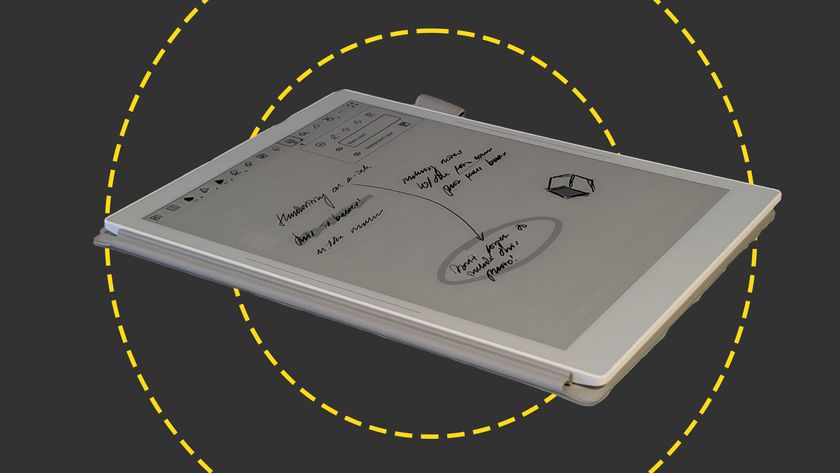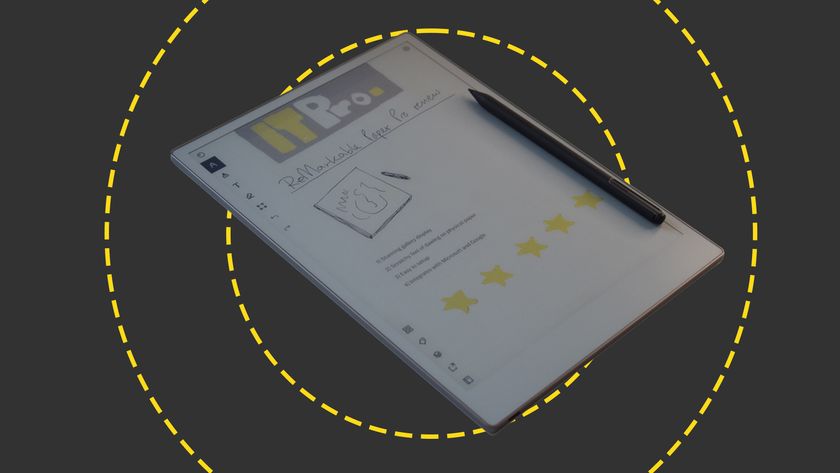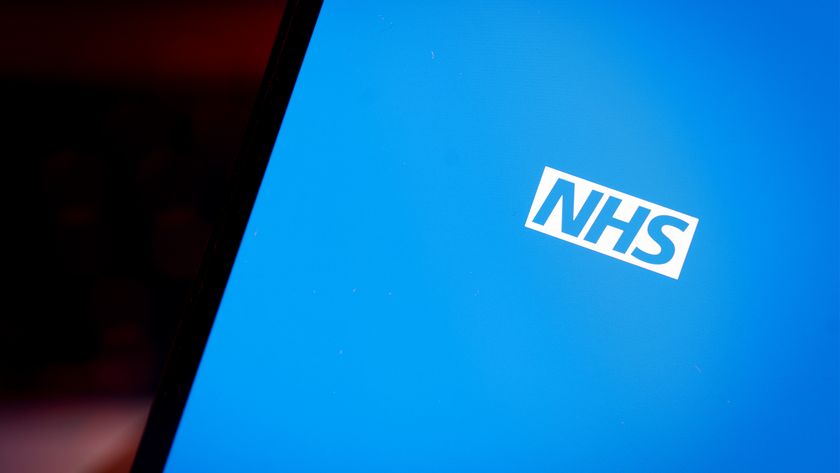Education: from the slate to the tablet
Education has changed immeasurably over the past 100 years. We chart how modern technology has revolutionised the way we learn
The mobile revolution
Mobility is often described as the main disruptive force in tech over the past 10 years. It has changed the way people work and it has also transformed the way people teach and learn.
It's no accident that this is still our idea of what a classroom is. In the 100 years following the Forster Act of 1870, which introduced compulsory schooling in England, not an enormous amount changed about the way we teach and learn. Indeed, the classroom still exists as a physical entity and the teacher stands at the front, sometimes wandering around, and is still there to pour out their knowledge to children in front of them.
In the mid-to-late 2000s university students started to have their own laptops, which have been supplemented by smartphones and tablets.
While, universities and colleges have always been at the vanguard of the use of technology, tablets and thin-client laptops like Chromebooks are finding their way into schools as well.
These can be used to facilitate group learning or collaborating on a document online.
In some schools, e-readers are being used as a way to help mainstream education be more inclusive of those who have historically been at a disadvantage.
"E-readers may not be of particular use generally, as they are just a substitute for books," explains Noreen Dunnett, and e-learning consultant at Civica.
Get the ITPro. daily newsletter
Sign up today and you will receive a free copy of our Focus Report 2025 - the leading guidance on AI, cybersecurity and other IT challenges as per 700+ senior executives
"For certain students, they do have clear advantages, including people with special educational needs, visual impairments, English as an additional language, and particularly reluctant boy readers," she says, adding the ability to change the size of the font or add personal notes are of particular importance
Distance and independent learning
One of the other ways in which the use of online materials is changing the way we teach and learn is by bringing distance-learning concepts into the classroom.
Lessons are now being supported through additional material produced by their teachers and shared online. These could include YouTube videos, quizzes, or other interactive activities, as well as materials to read.
This can be particularly effective in facilitating blended and flipped learning where some of the groundwork for the lesson is done beforehand and may be referred back to during the lesson.
It also lets teachers monitor who has accessed the lesson materials, while allowing the students to learn, read and watch at their own pace, rewinding videos if needs be.
Theoretically at least, this means everyone is on a level footing during the lesson, having all had time to independently learn the basics required for the class.
Furthermore, students who are unable to come to school through illness or injury are not at the same risk of falling behind as they were in the past, as they should - depending on the reasons for sickness - be able to keep up with the materials posted online by their teachers.
The future
According to Dunnet, Katsifli and others, we are at a tipping point in education.
While teacher training is still, to an extent, delivering the Victorian model of teaching described at the beginning of this article, there are inspirational teachers and head teachers who are embracing the use of these new technologies and teaching styles in schools.
And although the so-called digital natives may still be students at the moment, the oldest millenials who have grown up with technology all around them and expect to be able to use it in all aspects of their life are now 34.
Together, these forces are driving a change that will likely push the way we learn and teach into a new era. Education, it would seem, just started to get rather exciting.

Jane McCallion is ITPro's Managing Editor, specializing in data centers and enterprise IT infrastructure. Before becoming Managing Editor, she held the role of Deputy Editor and, prior to that, Features Editor, managing a pool of freelance and internal writers, while continuing to specialize in enterprise IT infrastructure, and business strategy.
Prior to joining ITPro, Jane was a freelance business journalist writing as both Jane McCallion and Jane Bordenave for titles such as European CEO, World Finance, and Business Excellence Magazine.
















